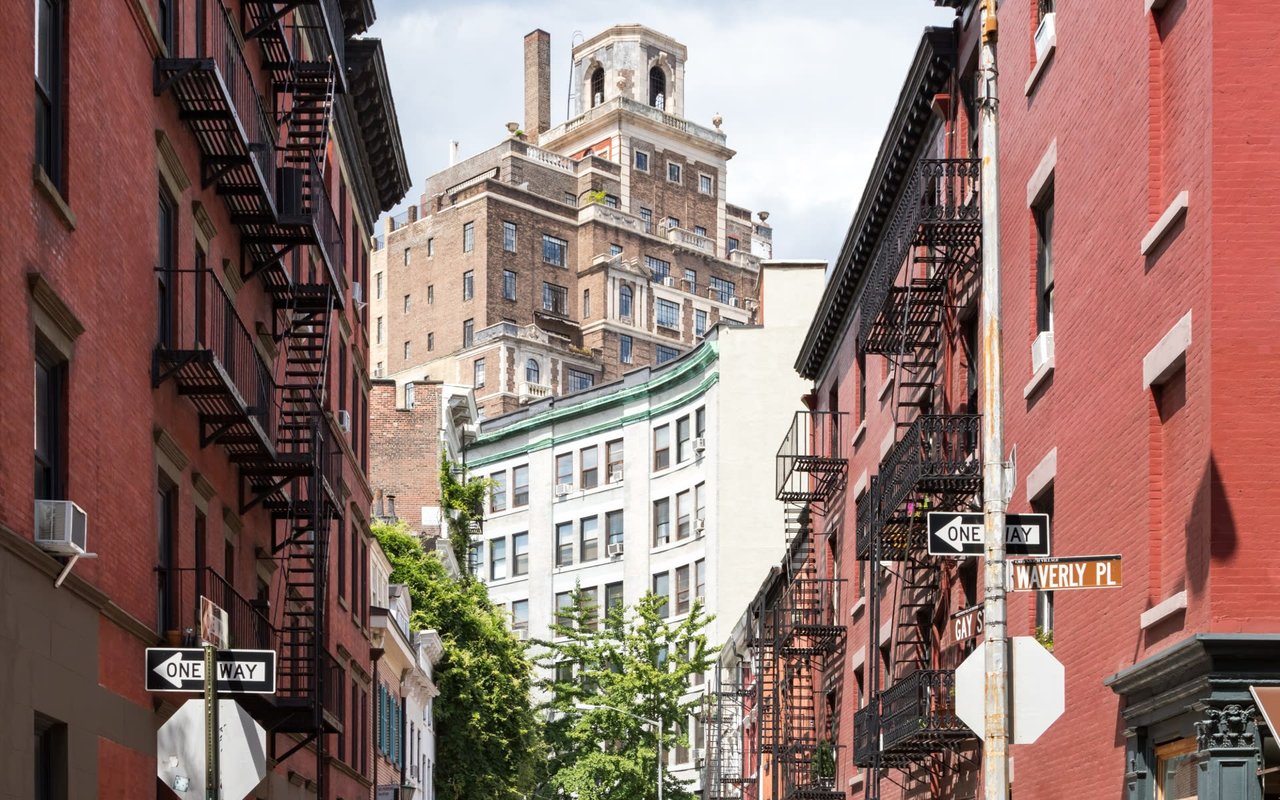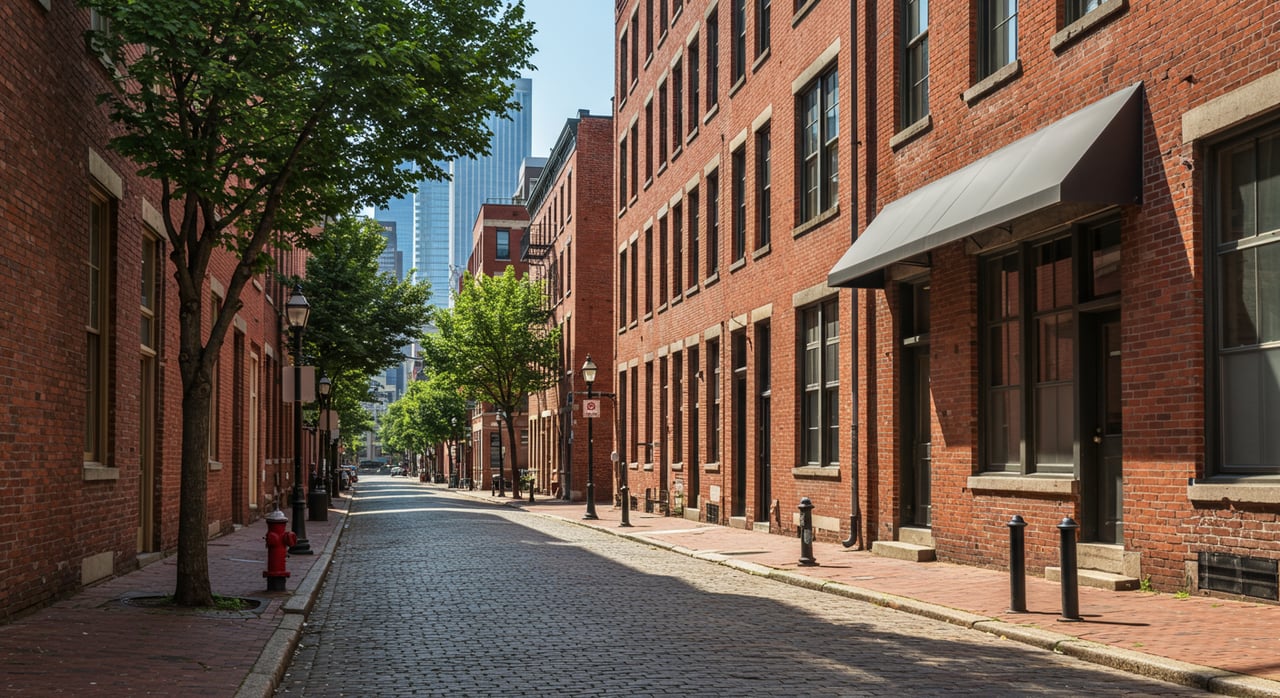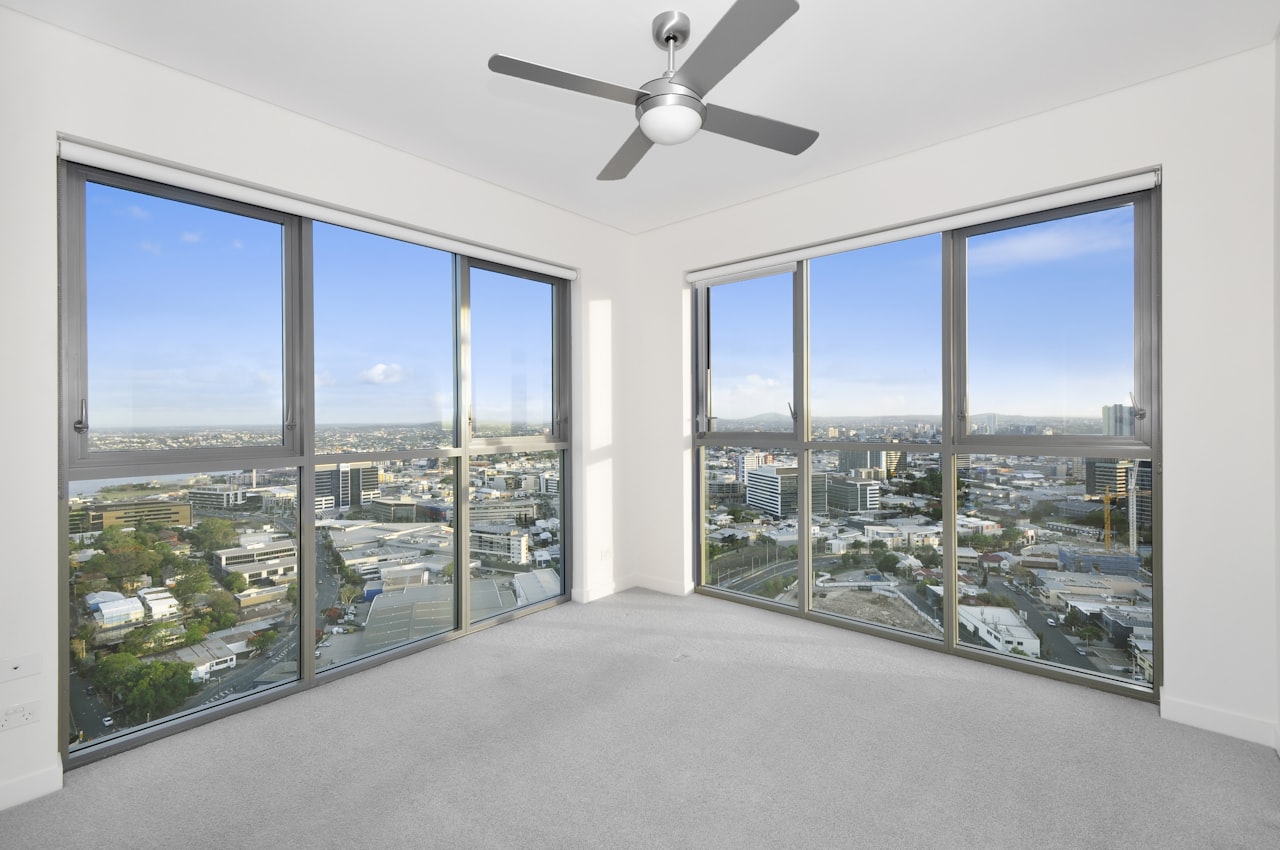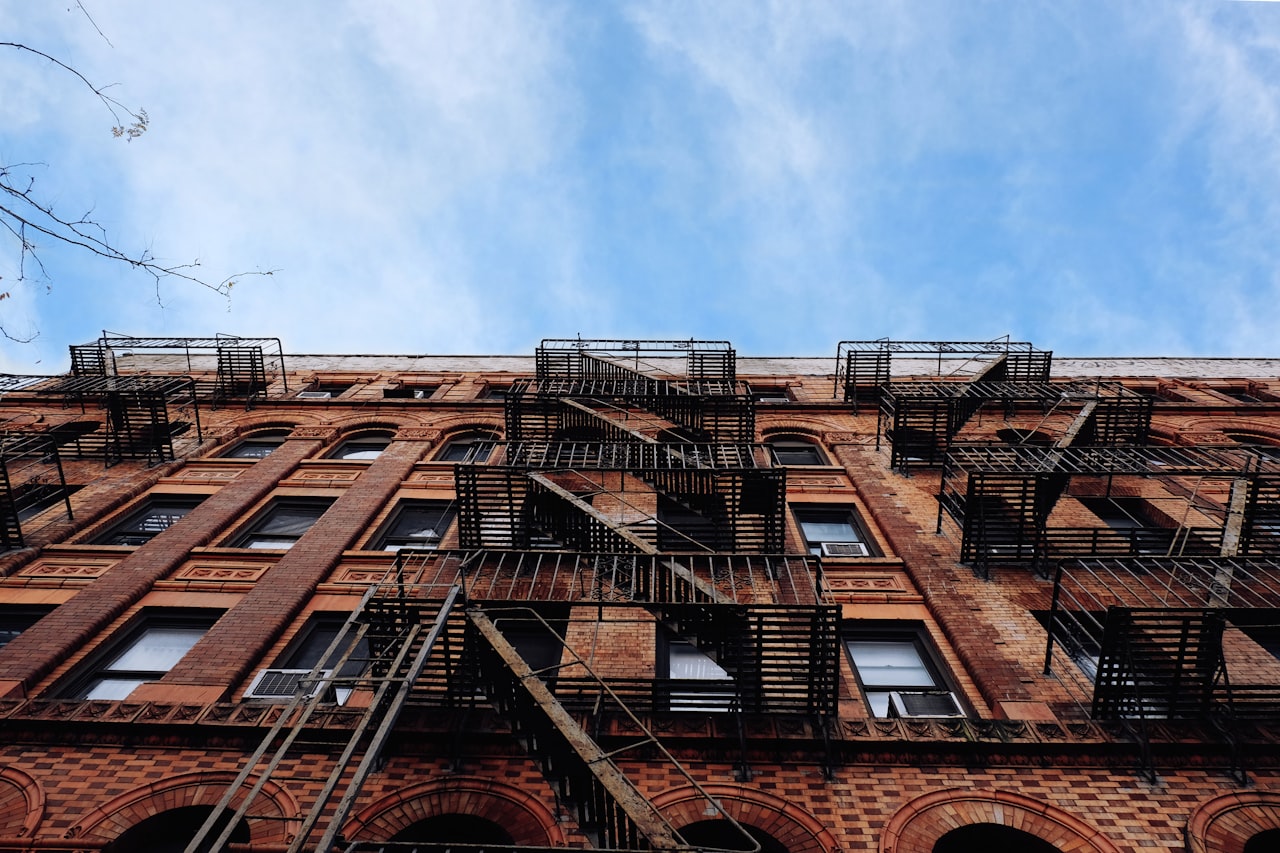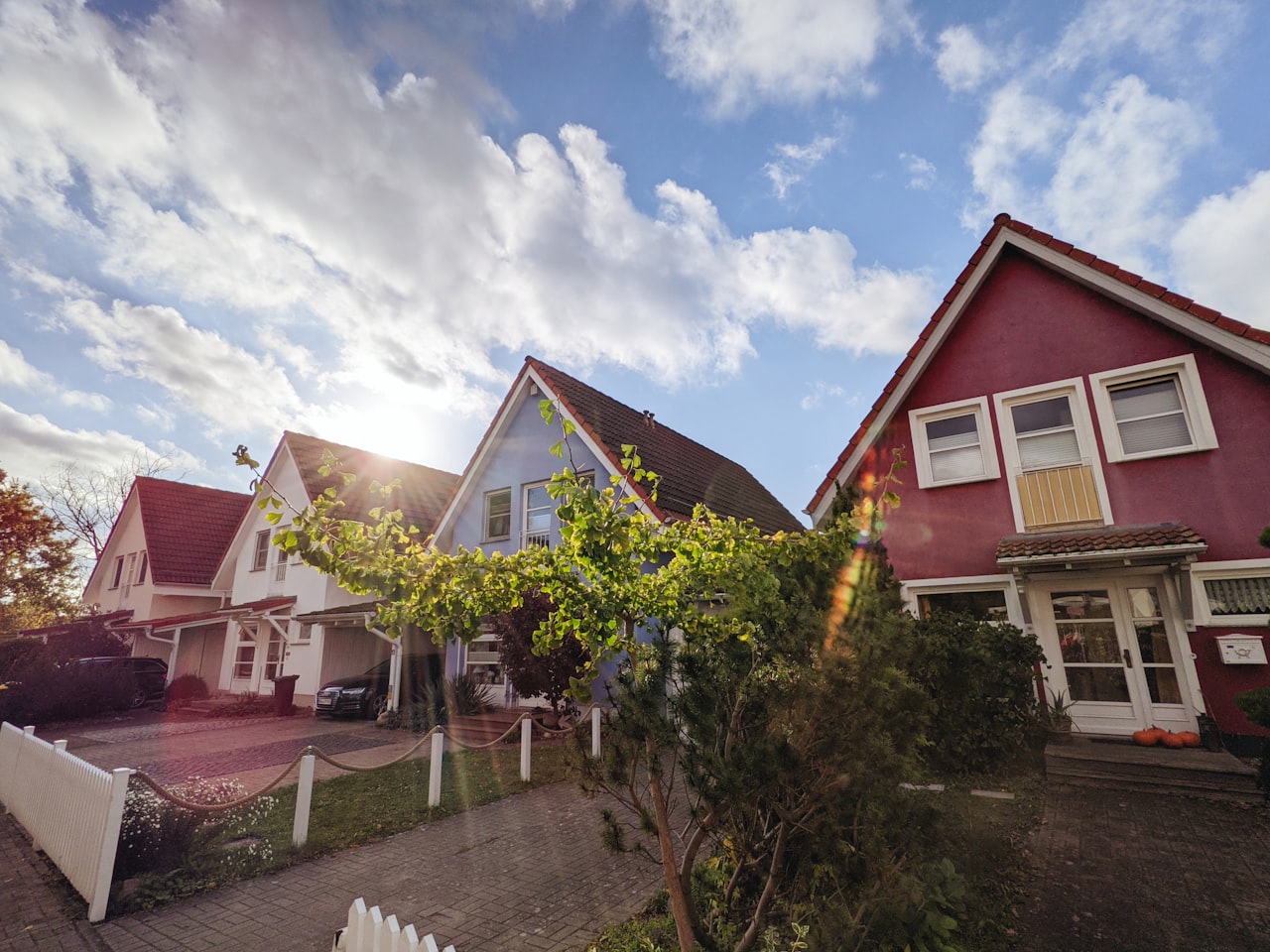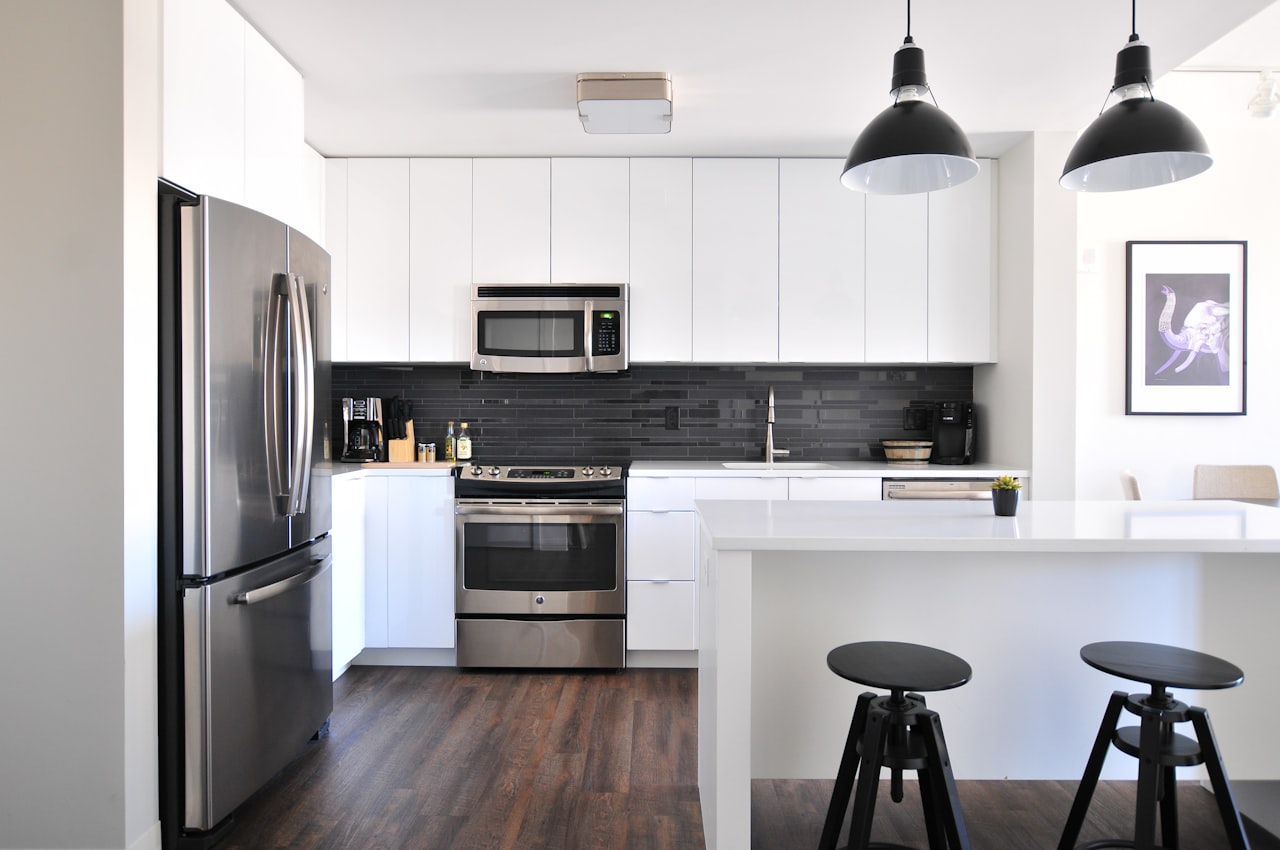While Spring hasn’t fully sprung quite yet with the cold weather, we are seeing spurts of activity outside of the holidays. One week may be extremely busy with multiple bid scenarios while the next is tumbleweeds. This has become the new normal and patience / realistic pricing have become even more crucial than they were before.
Timing The Market Sellers who sold their homes in June - meaning June was the sale date on the deed of the house, so they likely put the home on the market in spring - achieved 9.2% more than what their home was valued at, according to data released this month from real estate analytics firm ATTOM Data Solutions. Sellers got a premium in other spring and summer months too: May (7.4%); July (7.3%); April (6.4 %); March (6.1%); August (5.8%); meanwhile December, January and October sellers got less than a 4% premium. Demand is much higher in spring and summer in part because school is out and winter is over, so buyers are out and about.
Tariffs Make Affordable Housing Less Affordable Again From tile to countertops, laminates to lighting, all the fancy finishings - about 450 of them - are on the list that just went from 10% tariffs to 25%. The additional costs then rose from $1 billion to $2.5 billion, according to an analysis by the National Association of Home Builders. Nearly 75% of remodelers this year reported higher prices for customers due to higher costs for labor, according to a new survey from the National Association of Home Builders.
Congestion Pricing May Lead To Pricing Boost While congestion pricing will make driving in the city more expensive, it may raise the price of homes too. Research suggests the move — which was aimed at easing traffic and raising revenue for the subway system — may actually boost residential real estate values in the pricing zone, the Wall Street Journal reported. Housing prices in outer-borough neighborhoods with poor public-transit access may take a hit because residents will face higher commuting costs. Plus, the expected increased traffic could depress prices in areas just outside the zone.
Interest Rate Stability In the Fed's discussion earlier this month it appears they have no plan to hike or lower interest rates in the near future. Inflation appears tame at 1.6% although the Fed would prefer it closer to 2% which may result in the Fed cutting rates again to stimulate the economy.
Finding Tax Breaks Outside of Manhattan Out-migration rates from California, Connecticut, Maryland, New Jersey and New York, where the SALT deduction represents the largest share of total federal adjusted gross income, remain below pre-recession levels. Only Connecticut and Maryland have out-migration rates above the 50-state median, and while Florida is a popular relocation destination, high-tax states are as well. High-SALT states are however more likely to see out-migration of older, wealthier residents who take with them a disproportionate share of the tax base, though overall older residents are less likely to relocate than younger ones.
















